digest | A connection between digital lifestyle + depression
February 28, 2020
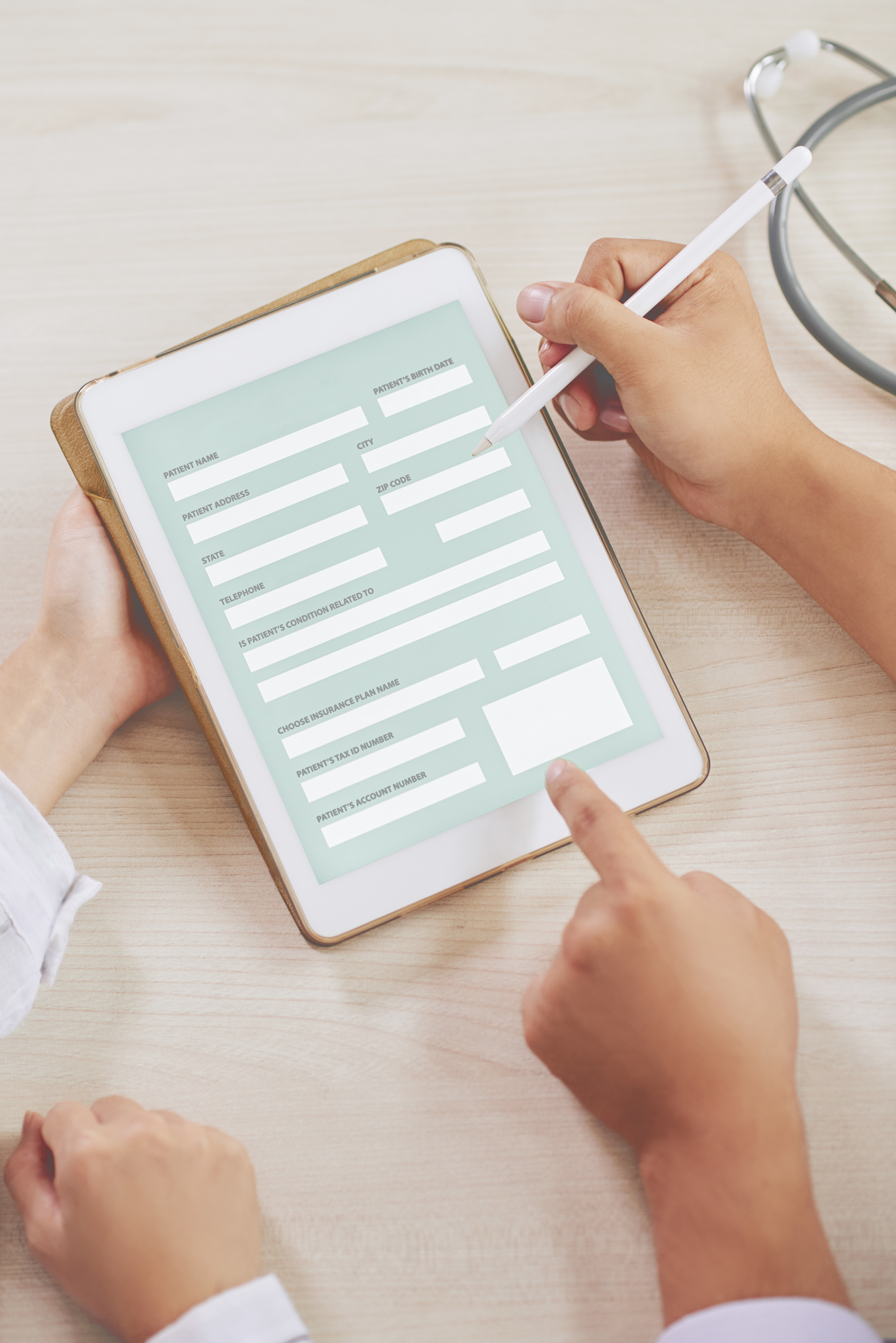
— in this post —
~ story
~ chart
~ by the numbers
~ pages
~ reading
— story —
Researchers at Northwestern Univ. believe a smart-phone app they developed called Purple Robot can detect depression in people by tracking:
- the number of daily minutes you use a mobile phone
- plus your daily geographic location pattern
Using this smart-phone data collection app, the researchers correlated that the more time a person spends using a mobile phone, the more likely they’re depressed. The average daily mobile phone use for depressed people was 68 minutes — and for non-depressed people it was 17 minutes.
Another pattern researchers noticed was related to a person’s location. Spending most of their time at home, and most of their time in fewer locations — as measured by GPS tracking on their mobile phone — was linked to depression. Also linked to depression: having a less regular day-to-day schedule, and going to work at different times each day.
The study resulted in a significant outcome: the researchers were able to predict if somebody was depressed — just by looking at this mobile phone data — with 87% accuracy.
The research study.
28 adult participants were recruited from the community to carry a mobile phone with the sensor data acquisition app — called Purple Robot — for 2 weeks. Before the 2-weeks started: to determine if they were depressed, the participants filled-out a standard questionnaire that measures the signs + symptoms of depression.
The questionnaire is called PHQ-9 — it’s widely used by health-care providers, and relies on the patient self-reporting their feelings + experiences. The form asks about common symptoms used to diagnose depression — on a scale of 1 -to- 10.
symptoms used to diagnose depression:
- sadness
- hopelessness
- loss of pleasure
- loss of appetite
- difficulty sleeping
- difficulty concentrating
according to the PHQ-9 questionnaire:
- 14 participants did not have signs of depression
- 14 had symptoms of depression — ranging from mild -to- severe
Researchers analyzed the GPS locations and phone use for the 28 individuals — 20 females + 8 males, average age of 29 years-old — for 2 weeks. The sensor tracked GPS location every 5 minutes.
Then — using the GPS + phone use data collected from the mobile phones — the researchers correlated those results with the participants’ depression test results. They were able to see a pattern emerge, accurately matching the trends in the data with people who self-reported as depressed or not depressed.
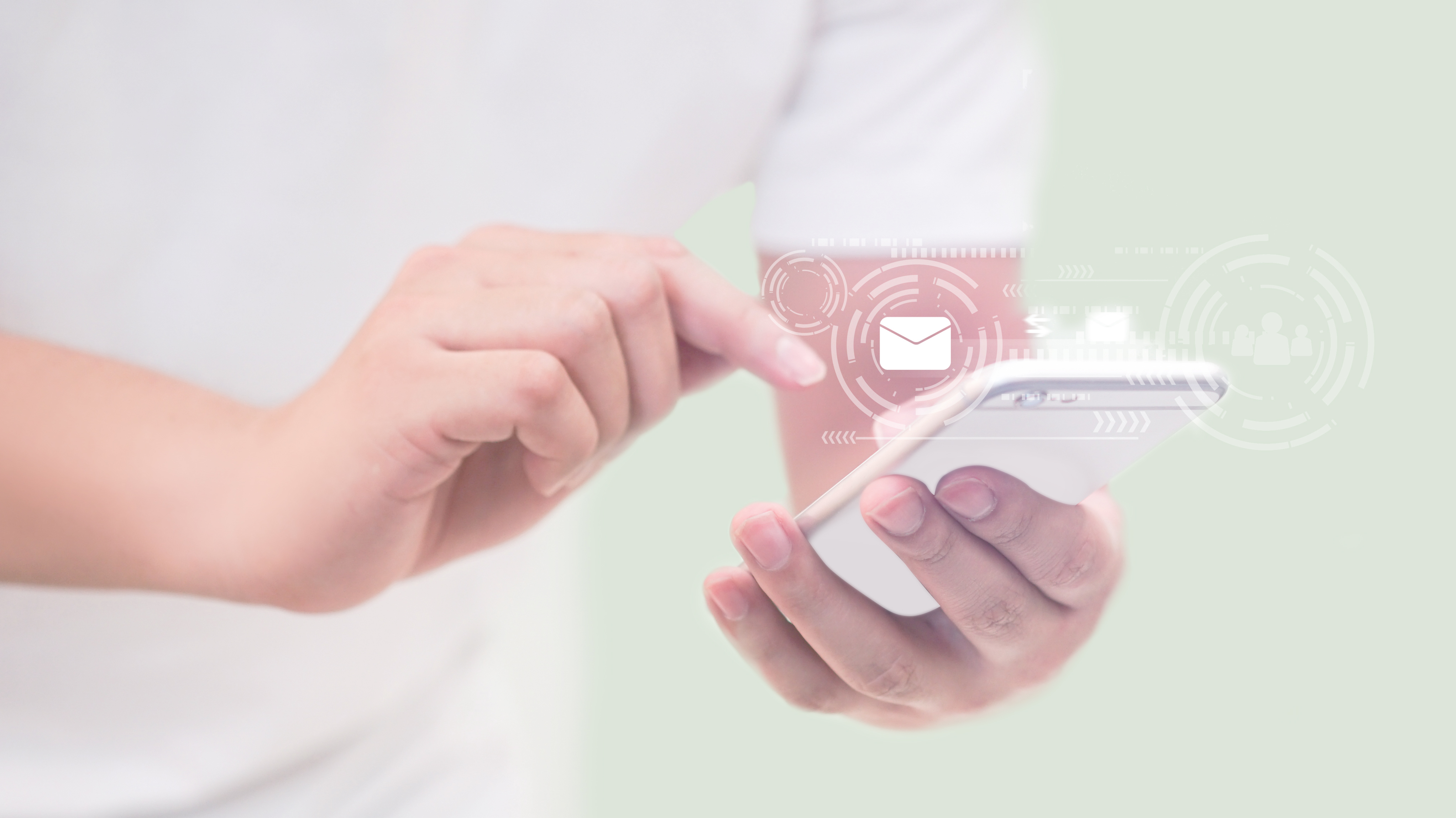
MAP

chart | below
- A chart from the study showing an example of mobile phone use data from 1 participant.
- Each column is a day of the week during the 2 week study.
- The grey bars show the amount of time during the day the particpant’s smart-phone was active.
art: by Center for Behavioral Intervention Technologies • Northwestern Univ.
— chart —
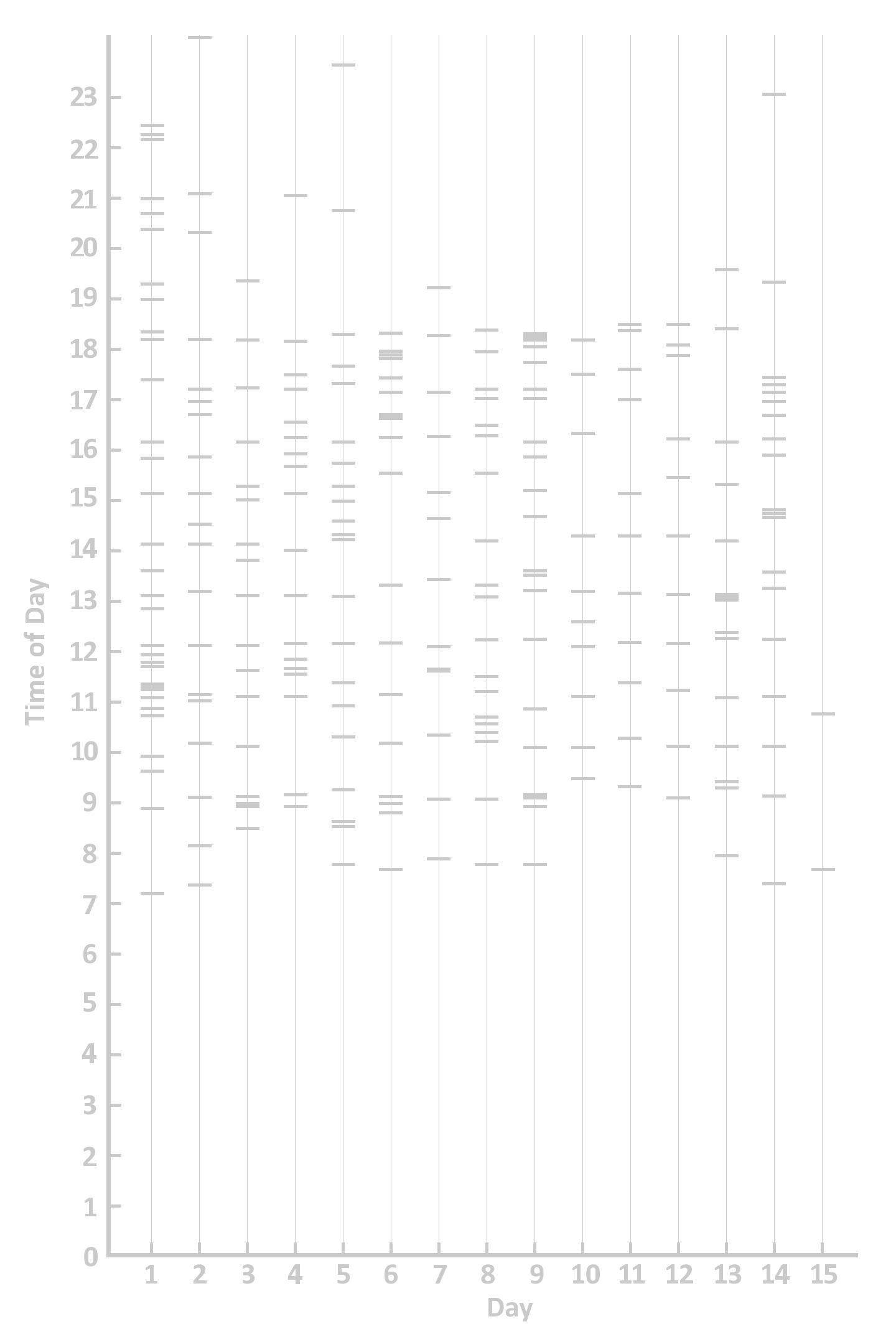
Signs of depression surfacing.
David Mohr PhD is a clinical psychologist — and Director of the Center for Behavioral Intervention Technologies at Northwestern Univ.
He said: “The significance of this research is we can detect if somebody has depression — and the severity of their symptoms — without asking them any questions. We’re detecting depression with smart-phones — that are providing data passively.
“The research data showed that depressed people don’t usually go to many places — that reflects the loss of motivation seen with depression. So depressed people withdraw. They don’t have the motivation or energy to go out and do things.”
Depression is a mental health disorder that’s common, upsetting, and often recurring. It frequently goes un-detected + un-treated. Today’s mobile phones are everywhere — and have a large complement of sensors that can monitor the behavior patterns of their users. Those patterns might be a key to discovering symptoms of depression.
The mobile phone use data didn’t identify how people were using their phones. But Mohr suspects that people who spent the most time on their smart-phones were surfing the web or playing games — probably not talking with friends.
He said: “When people are on their smart-phones, they’re likely to avoid thinking about painful things, or difficult relationships. It’s an avoidance behavior that’s common with depression.”
Better than questionnaires.
The smart-phone data was better at detecting depression than daily questions the participants answered about how sad they were feeling on a scale of 1 -to- 10. Those answers are often un-reliable.
This research can develop new ways of monitoring people at risk for depression — and enable health care providers to intervene more quickly. If the app watching the mobile phone detects patterns of activity associated with depression — an alert can be sent to physicians to get people the care they need.
Future studies + conclusions.
Next, the researchers plan to study: if getting people to change the behaviors linked to depression can improve their mood.
Mohr said: “We’ll see if we can reduce symptoms of depression by encouraging people to: maintain a more regular routine, spend more time in a variety of places, and reduce their mobile phone use.”
In conclusion, mobile phone sensors offer clinical opportunities:
- provide continuous monitoring of at-risk people
- with little burden on the patient to recognize or diagnose their own symptoms
- provide a calming sense of medical supervision to people suffering with depression
- provide just-in-time outreach + interventions
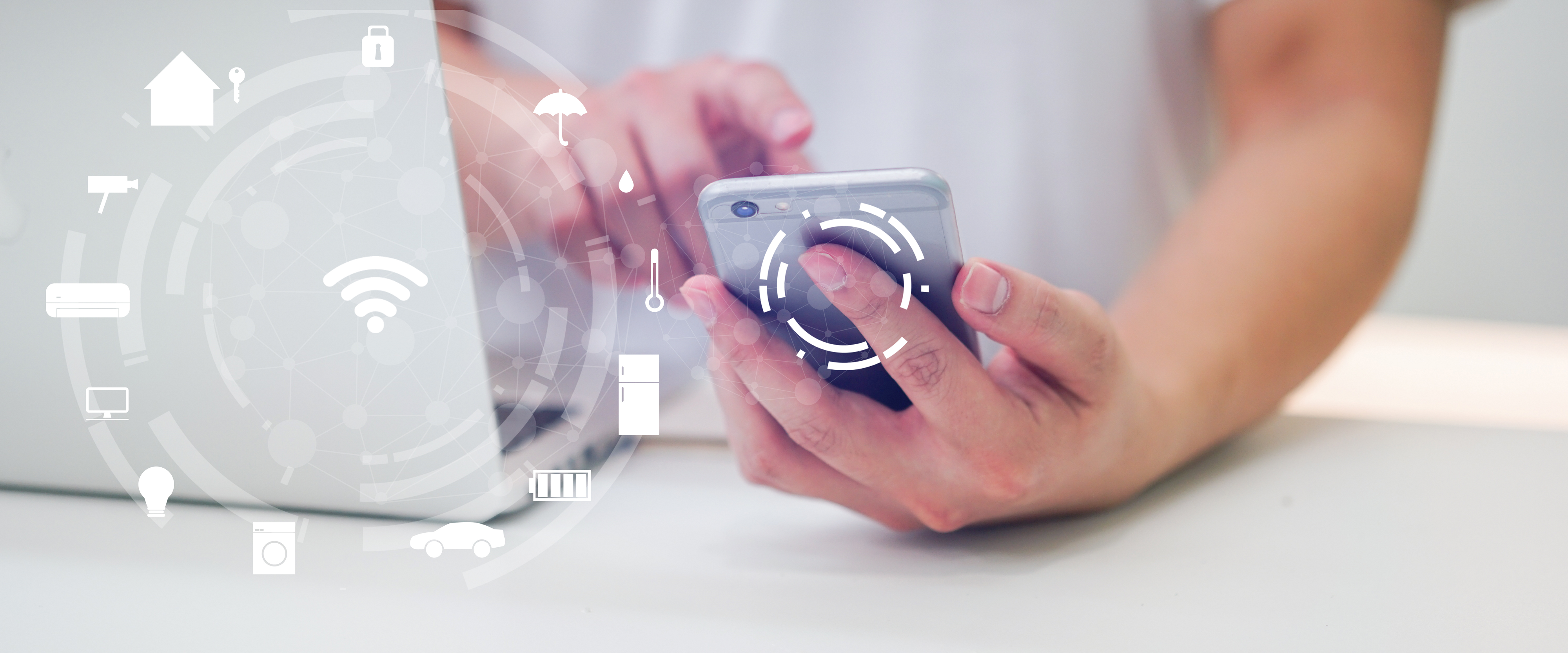
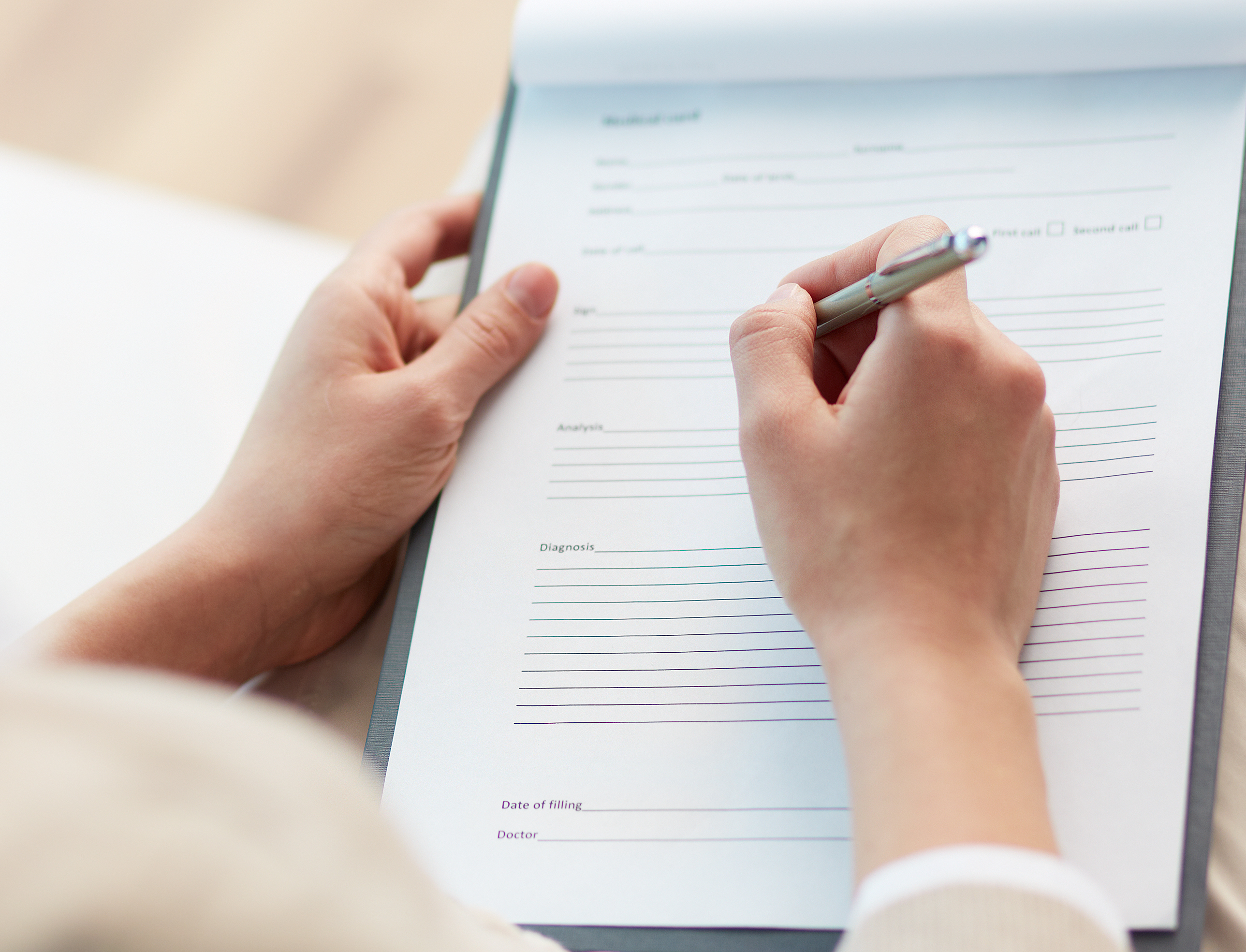
— by the numbers —
- depression is a serious medical condition
- it is life-affecting + can be life-threatening
- symptoms include: sadness, loss of pleasure, low energy, difficulty concentrating, and suicidal thoughts
- depression affects 20 million people in the US
- depression affects 300 million people world-wide
- depression is the single biggest cause of disability world-wide
- it affects every age, ethnicity, gender, religion, culture, and economic community
- the class of prescription drugs called anti-depressants are only 50% effective in treating its symptoms
- there haven’t been any new treatments for depression on the horizon for +20 years
- depression research is under-funded
- we need better treatments for + understanding of this illness
source: Hope for Depression Research Foundation
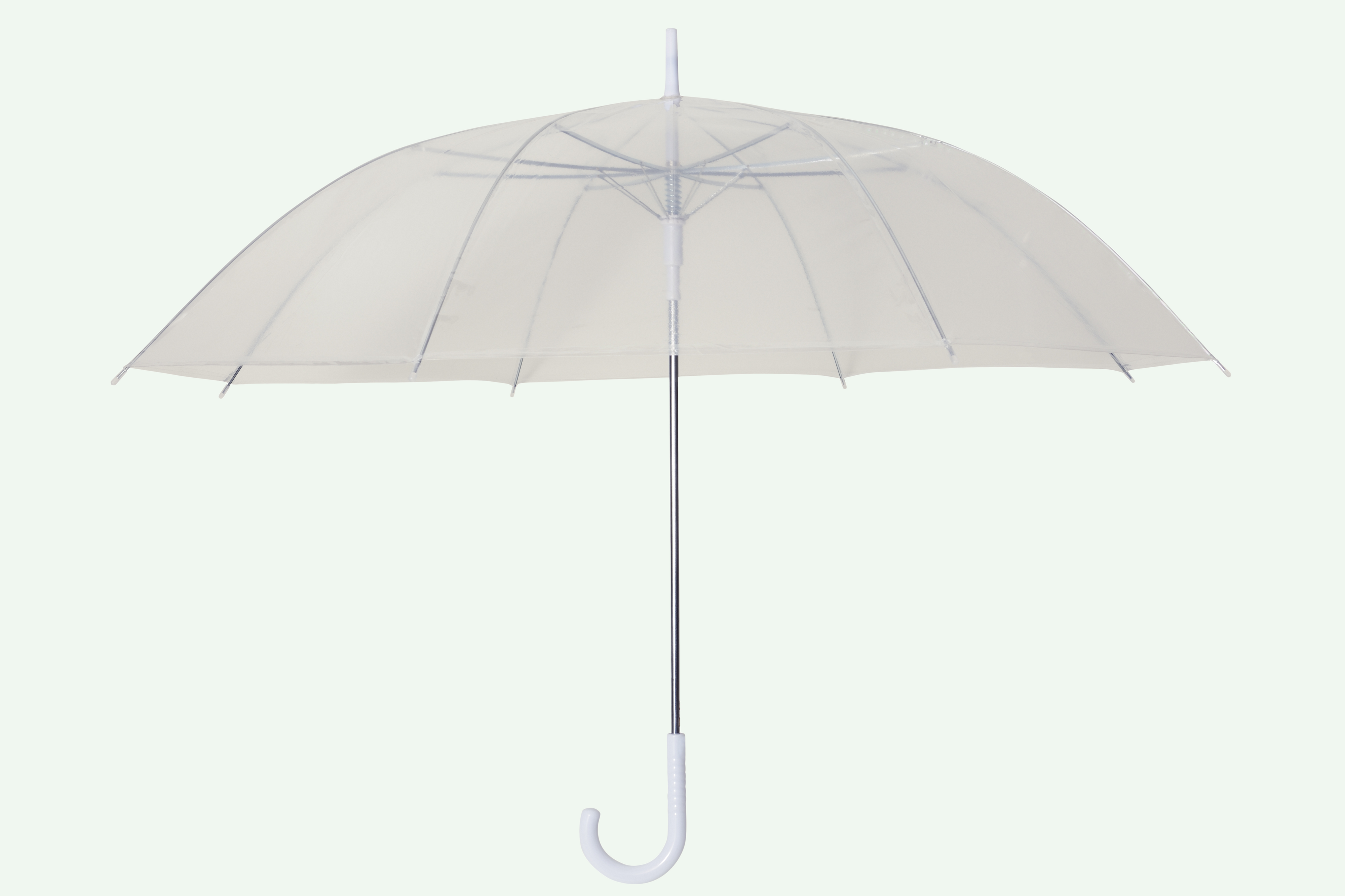
— types of depression —
The umbrella of depressive illness:
- major depression disorder
- persistent depression disorder
- mood disorder
- anxiety disorder
- seasonal depression disorder
- menstrual cycle depression disorder
- pregnancy depression disorder
- post-traumatic loss depression disorder
- post-traumatic stress depression disorder
- thoughts of suicide
— signals of depression —
- feelings: sad, worthless, guilty
- missing: school, job, appointments
- activities: lack of pleasure or interest
- big changes: in appetite or weight
- sluggishness + lethargy
- withdrawing from: friends + family
- new behaviors like: restlessness, fits, fidgeting
- difficulty: falling asleep or staying asleep
- difficulty: organizing, concentrating, remembering
- self-harming: thoughts + actions
source: Hope for Depression Research Foundation


— questionnaire —
group: by Pfizer
form: Patient Health Questionnaire 9
for: diagnosing depression
read | questionnaire
format: Adobe
about | questionnaire
The form called Patient Health Questionnaire 9 (PHQ-9) — developed by pharmaceutical company Pfizer — is an important medical standard for diagnosing depression.
Patients fill-out the 9 question form — it takes just 5 minutes. They answer questions about symptoms + feelings they experience. The questionnaire gives physicians a good basis for discovering depression in patients who may not know how or why they’re suffering.
The form is a mainstay of health-care providers — but researchers are looking for better ways to detect depression without asking patients to self-describe their symptoms. Because that technique can be un-reliable. If depression goes un-detected, symptoms can increase and people don’t get the help they need to cope.



on the web | pages
Center for Behavioral Intervention Technologies • Northwestern Univ. | home
Center for Behavioral Intervention Technologies • Northwestern Univ. | Purple Robot
tag line: Envisioning a world with effective, usable, and sustainable digital mental health services for all people.
motto: Whatsoever things are true.
— summary —
At the center, we evaluate behavioral intervention tech-enabled services. We explore new techniques for mental health and well-being — that are proven scientifically effective.
We analyze data from smart-phone sensors. An ever-increasing amount + variety of sensors are collecting and transmitting data about our lives. This data is used by companies for advertising — but can also help us with daily tasks. For example: sensor data from our mobile phones is collected to see best driving routes that avoid traffic. And step-counting sensors track walking fitness.
We’re learning how sensor data can improve life for people with mental health issues. Our “personal sensing” research harnesses sensor data collected from mobile devices — to identify behaviors + states associated with mental health. Then patterns are identified to improve digital mental health interventions like apps + bots.
about | Purple Robot
The Purple Robot app — built for the Android mobile operating system owned by Google — provides a real-time sensor data platform for collecting info about the smart-phone user, and their surroundings.
Purple Robot provides:
- access to the Android operating system’s sensor framework
- including: accelerometer, gyroscope, pressure sensor
- access to other device info: battery level, running software + apps, and hardware
- options to scan for external devices like: wireless access points + visible BlueTooth devices
- location sensors that use: the built-in GPS + cellular triangulation to map user location
- local environment like: solar event timing (sunrise + sunset) and weather
- statistical summary of the user’s communication pattern
- including: phone logs + text-message transcripts
- cryptographic anonymization of personal identity info before it leaves the device

on the web | pages
Hope for Depression Research Foundation | home
Hope for Depression Research Foundation | organizations
Hope for Depression Research Foundation | help + resources
Hope for Depression Research Foundation | research
watch | featurette
tag line: Funding the best minds, to heal minds.
READING
on the web | reading
group: Northwestern Univ.
story title: Your phone knows if you’re depressed
deck: Time spent on smart-phone + GPS location sensor data detect depression
read | story
motto: Whatsoever things are true.
on the web | reading
publication: Journal of Medical Internet Research
report title: Mobile phone sensor correlates of depressive symptom severity in daily life behavior
deck: An exploratory study
read | report
tag line: Advancing digital health research.
FILE
— notes —
GPS = global positioning system
PHQ-9 = patient health questionnaire — 9
CBITs = Center for Behavioral Intervention Technologies • Northwestern Univ.
NU = Northwestern Univ. • United States
